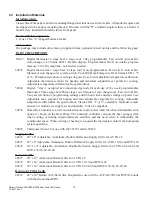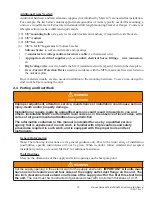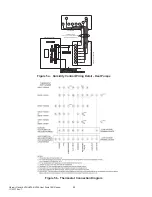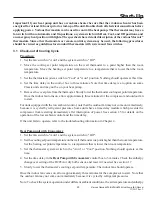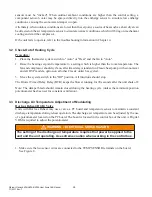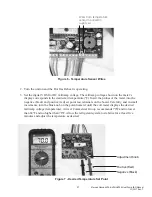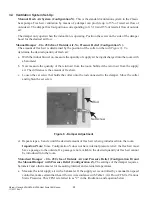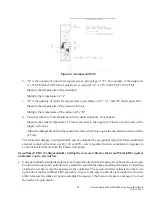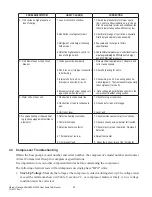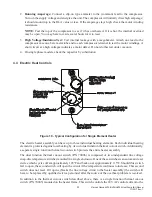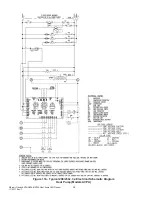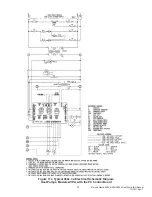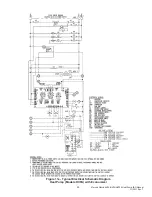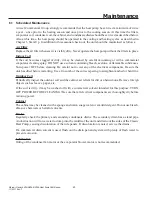
26
Marvair Classic AVPA/HVPA/HVPSA Heat Pump I&O Manual
11/2017 Rev. 7
sensors must be "tricked". When outdoor ambient conditions are higher than the control setting, a
component aerosol cooler may be sprayed directly into the enthalpy sensor to simulate low enthalpy
conditions, causing the economizer damper to open.
Alternately, when outdoor conditions are lower than the set point, a source of heat such as a hair dryer can
be directed on the air temperature sensor to simulate warmer conditions, which will bring on mechanical
cooling and start the compressor.
If the unit fails to operate, refer to the troubleshooting information in Chapter 4.
3.2 Check-Out of Heating Cycle
Procedure:
1. Place the thermostat system switch to "Auto" or "Heat" and the fan to "Auto".
2. Raise the heating set point temperature to a setting which is higher than the room temperature. The
fan and compressor should cycle on after time delay (standard on Classic heat pump with economizer
and all HVP models, option on all other Classic units) has cycled.
3. Move the system switch to the "Off" position. All functions should stop.
The Blower Timed Delay Relay (BTR) keeps the blower running for 90 seconds after the unit shuts off.
Note: The damper blade should remain closed during the heating cycle (unless the minimum position
potentiometer has been set for constant ventilation).
3.3 Discharge Air Temperature Adjustment of Modulating
Hot Gas Reheat (HGR) Valve
Units with Hot Gas Reheat may use a valve, a PC board and temperature sensor to maintain a constant
discharge temperature during reheat operation. The discharge air temperature can be adjusted by the use
of a potentiometer located on the PC board. The board is located in the control box of the unit. A Digital
VOM is required to adjust the potentiometer.
WARNING - ELECTRICAL SHOCK HAZARD
The setting of the discharge air temperature requires that power be applied to the
unit and the unit operating. Use extreme caution when working in the control box.
1. Make sure the two sensor wires are connected to the TEMP SENSOR terminals on the board.
See Figure 8.







